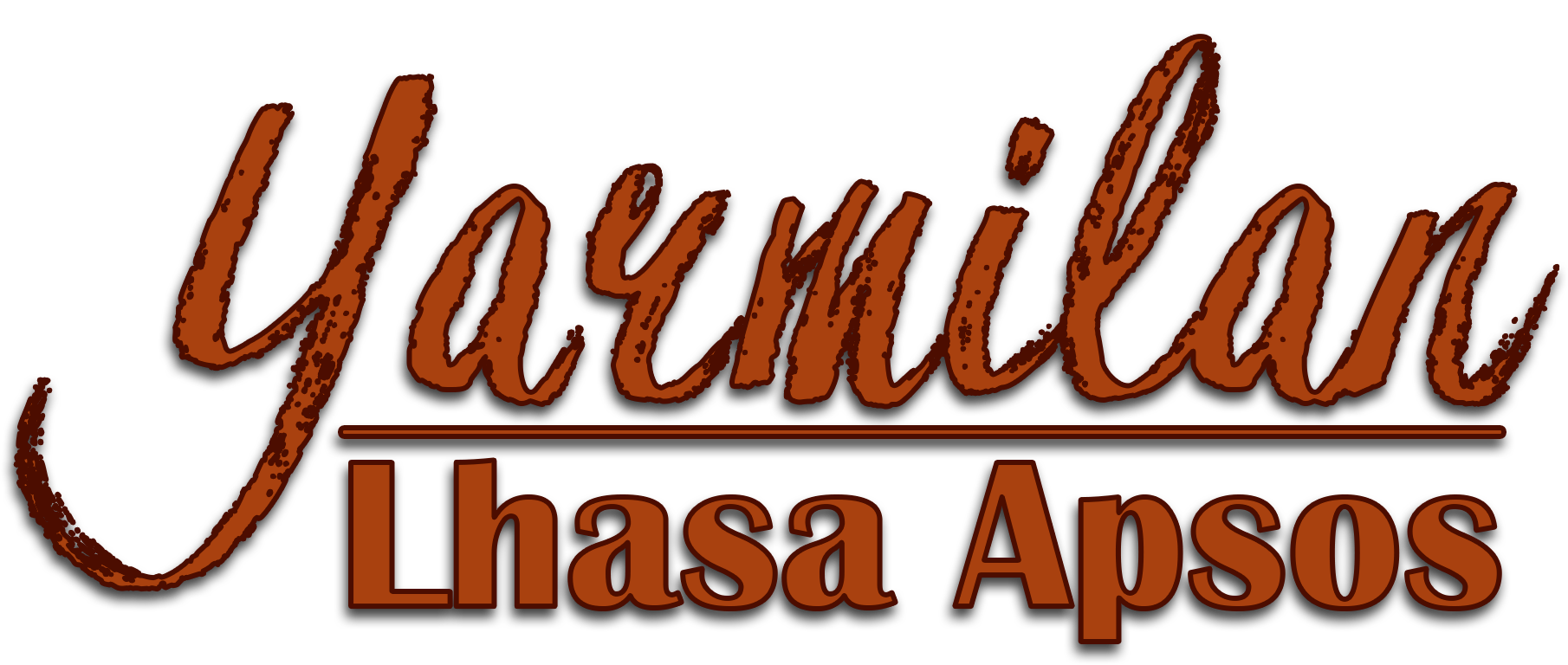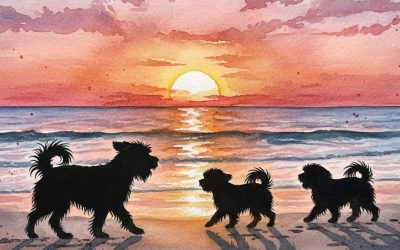Canine DNA testing is often misunderstood
DNA Testing in Dogs – A Breeder’s Perspective
I’ve been involved with canine DNA testing since the late 1990s, back when the first test for copper toxicosis became available for Bedlington Terriers. It was a groundbreaking moment: suddenly, we had a tool to identify carriers of a devastating liver disease before symptoms ever appeared. Not long after, a genetic test for prcd-PRA (progressive retinal atrophy) was introduced for Poodles. It was expensive—no doubt about that—but responsible breeders saw it as their duty to test their breeding dogs.
I still remember what Jouko Leiviskä, then chairman of the Finnish Poodle Club, said: “If you can’t afford the necessary health tests as a breeder, you can’t afford to breed dogs.” That stuck with me. Because the cost of not testing can be far greater—not just financially, but ethically.
What Is DNA Testing?
DNA testing in dogs involves analyzing their genetic material to identify mutations linked to inherited diseases or traits. It’s especially useful for detecting recessive conditions, where a dog can carry a faulty gene without showing any symptoms.
Understanding recessive inheritance is key:
- Clear (N/N): No copies of the mutation
- Carrier (N/M): One copy, no symptoms
- Affected (M/M): Two copies, shows symptoms
Each dog inherits two copies of every gene—one from the sire and one from the dam—forming a gene pair for each trait or condition. These copies are passed down randomly, meaning that if neither parent carries a specific mutation, they cannot pass it on to their offspring. However, if one or both parents are carriers, it is a matter of chance which gene copy is inherited by each puppy.
As a result, not all offspring will necessarily carry the mutation. Even when both parents are carriers, they can still produce genetically clear puppies. Statistically, when two carriers are bred together, 25% of the offspring are expected to inherit two copies of the mutation (M/M) and be affected, 50% will inherit one copy and be carriers (N/M), and 25% will inherit no copies and be genetically clear (N/N).
With this knowledge, breeders can make informed decisions to avoid producing affected puppies—without excluding carriers from breeding altogether.
DNA Tests Available for Lhasa Apsos
For Lhasa Apsos, several DNA tests are available today, covering both health and physical traits:
Health-related tests:
- PRA4 (Progressive Retinal Atrophy)
- Hemophilia B
Trait-related tests:
- Brachycephaly (short muzzle)
- Chondrodystrophy & chondrodysplasia (short-legged variants)
- Coat length and texture
- Color genetics (e.g. cream, black, sable, parti)
These tests give breeders a clearer picture of what their dogs carry—not just in terms of disease risk, but also appearance and structure.
Why Carriers Still Matter
One of the biggest advantages of DNA testing is that it allows us to use carriers—and even affected dogs—in breeding programs, as long as they’re paired with genetically clear mates. This way, none of the offspring will be affected, and we preserve valuable genetic diversity.
In my view, the worst mistake would be to exclude all carriers from breeding. That narrows the gene pool unnecessarily and increases the risk of inbreeding-related issues. Genetic testing is a powerful tool, but it should never be the sole criterion for selecting breeding dogs.
Beyond the Genes
It’s also important to remember that DNA tests don’t replace traditional health screenings. For example, even if a Lhasa Apso tests clear for PRA4, they may still be at risk for other eye conditions. And while we can test for chondrodystrophy and chondrodysplasia, these tests don’t eliminate the need for radiographic imaging and clinical diagnostics. Hip, elbow, and spinal issues may still be present and must be evaluated.
Since all Lhasa Apsos carry chondrodysplasia, they are at increased risk for orthopedic issues such as elbow incongruity and other skeletal abnormalities.
Interested in a Puppy?
If you are interested in our upcoming litter or another co-owning option, feel free to reach out: yarmilan@gmail.com
Or leave a message
Previous blog posts
The Hardest Part of Loving Dogs
Breeding and owning dogs is a journey filled with joy, laughter, and countless cherished memories. But alongside all the wonderful moments comes one of the hardest truths we dog lovers must face: saying goodbye.
This summer has been especially difficult for us at Yarmilan. Within just one month, we had to part with three beloved members of our family.
Back to the Agility Ring After 17 Years – with a Lhasa Apso in Heat!
I started agility back in the late 1990s with my Chinese Crested Powder Puff, Iiro. But it was my white poodles, Viivi (medium) and Ville (miniature), that really got me into the competition scene. Both made it all the way to class 3, and Ville was an absolute rocket...
Why Dog Shows Are My Passion – and Why I Recommend Them to Puppy Owners
Dog shows have been a part of my life for as long as I can remember. I grew up surrounded by Borzois and Tibetan Terriers, as my mother was a passionate breeder and exhibitor. When I turned ten, I finally had the chance to enter the ring myself as a junior handler –...



